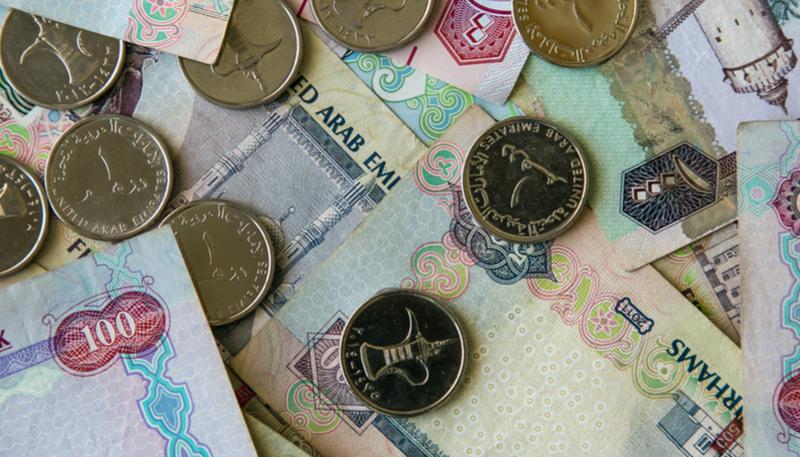
Interest rate hike projections in the US were significantly pared back after revision of the Fed’s dot plot at its March FOMC meeting. Not only does the market expect no more rate hikes in 2019 but it is actually pricing a rate cut before the end of the year. In such an environment, given the Dirham’s peg to the dollar, interbank rates in the UAE theoretically should also have come down or remain range bound with respect to the recent decline in LIBOR rates.
In contrast, EIBOR rates have increased in the recent past with the spread between 3m EIBOR and 3m LIBOR touching 37bps last week – its highest in nearly two years. We think this widening in EIBOR – LIBOR spread is unsustainable and likely to mean-revert to lower levels within this quarter. Our expectations gain support from the below factors that probably are responsible for EIBOR-LIBOR spread widening and which we think are temporary.
The UAE Federal government had begun collecting the tax revenue relating to imposition of VAT of up-to 5% on various goods and services in the country in early 2018. Since the distribution of this tax revenue to individual emirates had not been finalised, this cash continued to build up as deposits in the local banking system. This is estimated to have created circa AED20 billion to AED40 billion extra deposits in the commercials banks’ books. As at the end of February 2019, total deposits at the UAE commercial banks had increased 9% YoY to AED 1,768 billion. While private sector deposits increased by 2.7% YoY, deposits from the Government sector (excluding GREs) increased 46% from AED 203 billion in February 2018 to AED 295 billion as at February 2019.
However, towards the end of March, the Federal Government is believed to have withdrawn these deposits and passed them to the Ministry of Finance. This sudden withdrawal of cash from the large EIBOR fixing banks, particularly towards the quarter end, is likely to have exerted pressure on banks to pay high interbank rates to attract deposits ahead of quarter end reporting, thereby causing EIBOR rates to rise.
 Source: Bloomberg, Emirates NBD Research
Source: Bloomberg, Emirates NBD Research
This phenomenon is likely to reverse once the money is distributed from MoF to individual DoFs (Department of Finance) and consequently flow back from the Central Bank to the commercial banks.